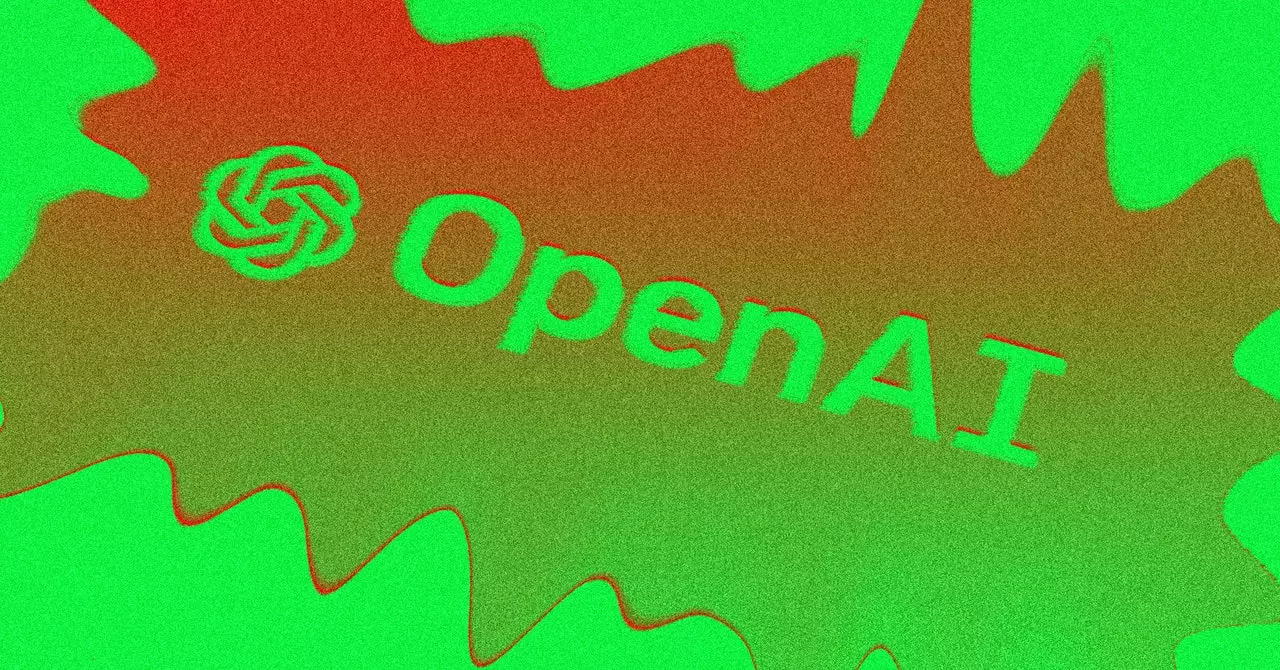Advancements in artificial intelligence (AI) continue to reshape the technological landscape, spurring innovation, competition, and economic considerations. A pivotal development in this domain has been OpenAI’s recent announcement of its latest model, o3-mini. This offering promises to deliver the sophisticated reasoning capabilities characteristic of OpenAI’s larger models while maintaining efficiency and accessibility. In a broader context, the entrance of new players like the Chinese startup DeepSeek presents challenges and opportunities that could redefine market dynamics.
OpenAI’s o3-mini is positioned as a streamlined version of its most advanced AI model, designed to break down complex problems into manageable components. The release, slated for January 31, has been met with anticipation, especially as OpenAI seeks to extend its influence in the AI realm while addressing the rising competition. The blog post from OpenAI highlights o3-mini as a groundbreaking advancement for small models, suggesting that it can execute tasks that were previously thought to require larger, more resource-intensive systems.
The focus on efficiency is timely, as users are increasingly seeking high-performance solutions that minimize costs and resources. OpenAI is making o3-mini available to its Plus, Team, and Pro users, while also allowing free ChatGPT users limited access. This tiered approach may encourage wider adoption, especially among those hesitant about investing in premium services.
OpenAI’s strategy does not only hinge on technological capabilities; the company is intensively recruiting PhD students to help fine-tune its models. By compensating these individuals $100 per hour for research collaboration on unreleased models, OpenAI underscores its commitment to harnessing academic expertise. This tactic is indicative of how impactful collaboration can fuel technological refinement.
Furthermore, the focus on creating challenging scientific coding questions indicates a deliberate exploration of the boundaries in AI capabilities, particularly in its performance in scientific domains. The recruitment extends beyond the realm of computer science, emphasizing a multidisciplinary approach that could result in broader applications of the model.
While OpenAI is scaling its developments, the emergence of DeepSeek and its AI model, R1, adds complexity to the competitive landscape. By releasing an efficient model that undercuts existing prices, DeepSeek poses a direct challenge to heavyweights like Google and Anthropic, prompting them to reconsider their pricing strategies. This shift indicates a significant pivot in the AI marketplace, as cost-effectiveness becomes a defining factor for success.
DeepSeek’s rapid advancements raise questions regarding the sustainability of current practices and the readiness of established players to respond to disruptive innovations. The fact that DeepSeek’s model incorporates advancements that reportedly make it cheaper and faster to train and deploy is particularly noteworthy, hinting at an agile approach and a well-structured operational framework.
Despite the competitive threat posed by DeepSeek, OpenAI remains resolute in showcasing its capabilities through the new efficiencies incorporated into o3-mini. The model’s enhancements—including increased proficiency in math, science, and coding—are part of a deliberate strategy to secure a stronghold in niches that are integral to research and industrial applications.
Moreover, a significant feature of o3-mini is its ability to access web searches and interact with users’ code, providing a more interactive and responsive experience. This adaptability will be crucial as AI applications begin to penetrate more areas of daily life and professional work, where real-time responsiveness can dramatically improve functionality.
The emergence of high-efficiency models from foreign entities like DeepSeek prompts reflection on the geopolitical aspects of AI development. The U.S. government’s efforts to limit China’s access to advanced AI technologies—particularly those involving high-performance compute chips from Nvidia—have created a complex environment where innovation races against regulatory frameworks.
The implications of these policies seem dual-faceted: while they aim to foster domestic advancements, they inadvertently highlight how foreign competition is evolving without the same constraints. OpenAI’s advancements, therefore, must not only defend its position in a rapidly changing marketplace but also navigate the intricate relationships shaped by international technology strategies.
The launch of o3-mini by OpenAI embodies both a response to competitive pressures and an evolution in AI functionality. As startups like DeepSeek innovate and challenge established frameworks, the global AI landscape is set for transformation. Striking a balance between competitive pricing, advanced capabilities, and a keen understanding of regulatory environments will be pivotal for all players as they shape the future of AI technologies. As we move forward, developments in this space will undoubtedly continue to captivate, challenge, and change how we think about artificial intelligence.

